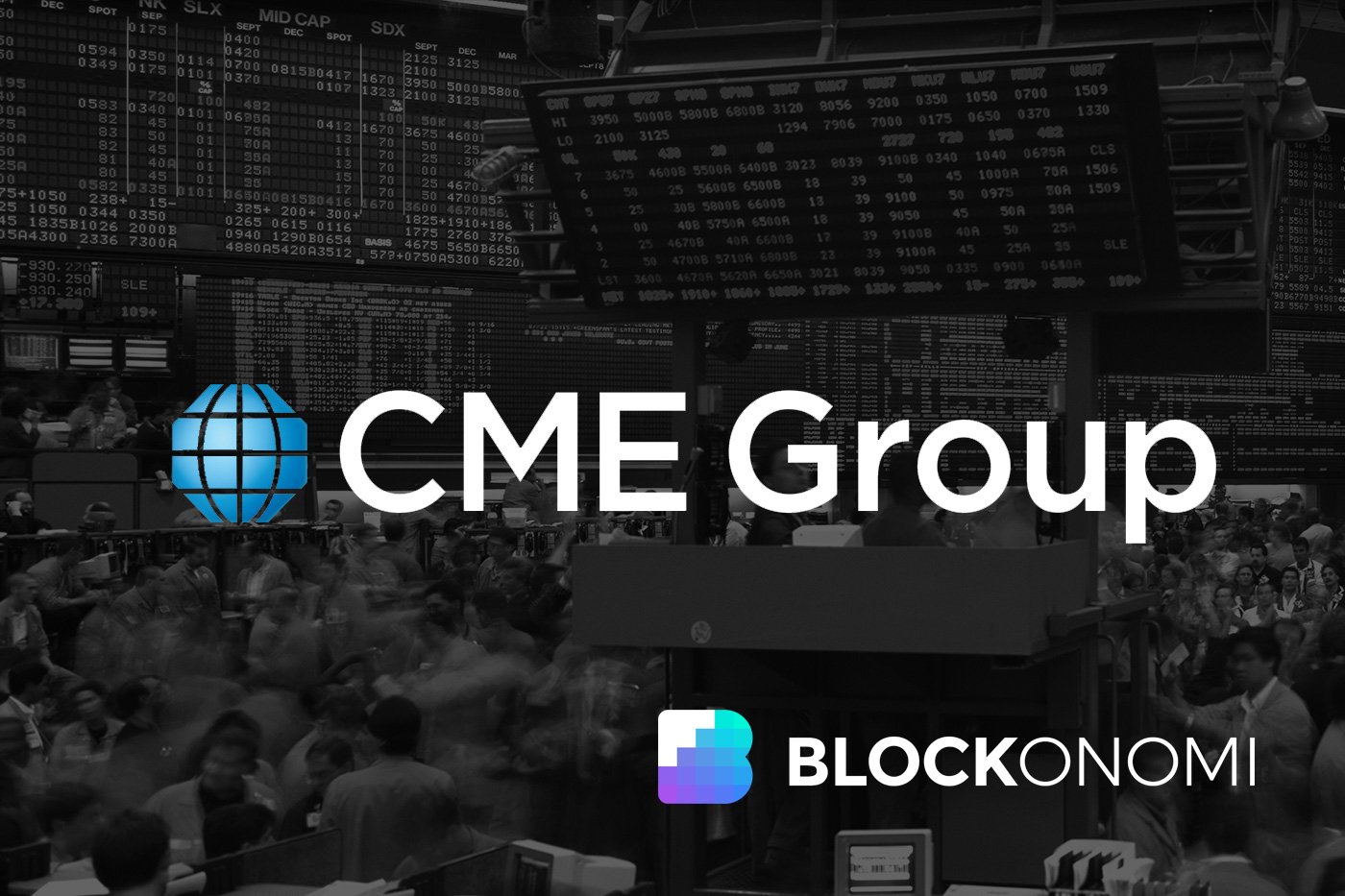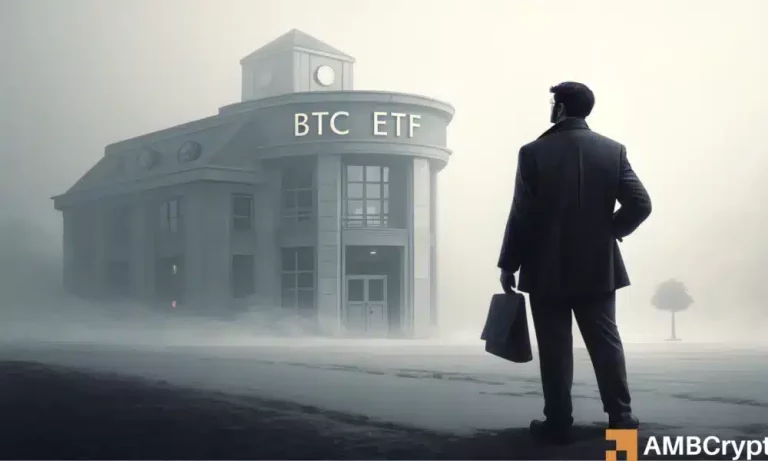
Understanding the CME Outage
The global financial markets faced a significant disruption as the CME (Chicago Mercantile Exchange) experienced an unexpected outage. This event halted trading across key futures and forex products, leaving traders and brokers in a state of uncertainty during critical Asian trading hours.
What Caused the Shutdown?
The outage stemmed from a cooling system failure at one of CyrusOne’s data centers, which handle the critical infrastructure for CME’s Globex trading platform. This failure caused the suspension of live data feeds, freezing trading activity on key benchmarks such as crude oil, gold, Treasuries, equity futures, and even major forex pairs like EUR/USD and USD/JPY.
CyrusOne, a leading global data center operator with over 55 facilities worldwide, has yet to provide a statement on the incident. However, it is clear that the cooling system failure severely impacted the infrastructure’s reliability, underscoring the importance of robust redundancy systems in high-frequency trading environments.
Impact on Trading and Market Participants
As live prices and quotes began to freeze, brokers quickly withdrew products and moved to internal pricing models to manage the lack of reliable data. Popular trading platforms like CMC Markets suspended trading for several commodities and relied on internal calculations for existing contracts. These disruptions created additional strain during an already slow post-Thanksgiving holiday session, further reducing market liquidity and increasing exposure risks.
Spot forex traders migrated to alternative trading venues, but options for futures desks were limited. The situation highlighted elevated risks and heightened market volatility ahead of the resumption of regular trading sessions. Market analysts noted that delayed price discovery could lead to unusual volatility during reopening, affecting global markets.
Learnings from Prior Incidents
The recent CME outage mirrors past disruptions in global exchanges, such as issues at the London Stock Exchange (LSEG) or the Swiss Exchange. These incidents emphasize the growing need for robust technological infrastructure to support the high demands of modern trading ecosystems.
For active traders, this event serves as a reminder of the importance of having contingency plans. Leveraging advanced tools like charting solutions, alternative trading platforms, and risk calculators ensures smoother handling of unexpected market disruptions.
Stay Prepared with Advanced Trading Tools
If you’re a trader looking to navigate future disruptions, investing in reliable tools is crucial. One product to consider is the TradingView Pro+, a premium charting and analytics platform that offers real-time data and customizable alerts to help you stay ahead of market changes. Click here to learn more about its features and benefits.
Conclusion
The CME outage underscores the vulnerabilities in data center infrastructure and the cascading effects on global financial markets. While CME aims to resolve the issue promptly, traders and brokers must remain vigilant, adopt robust contingency strategies, and leverage advanced tools to stay resilient in an unpredictable environment.



